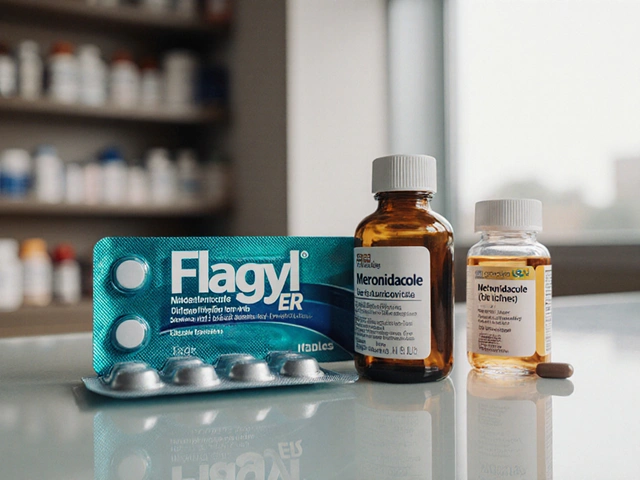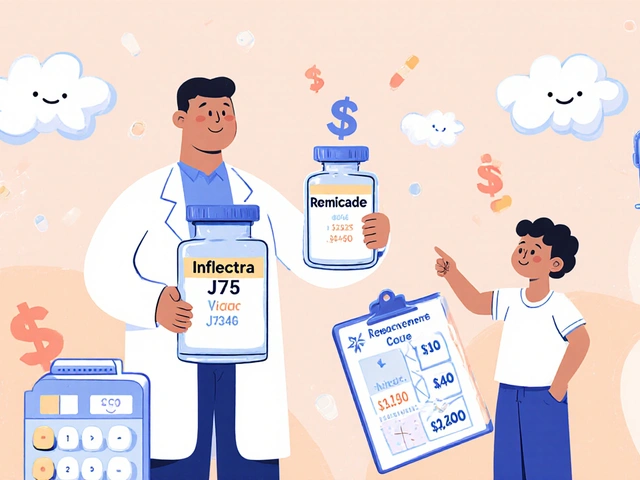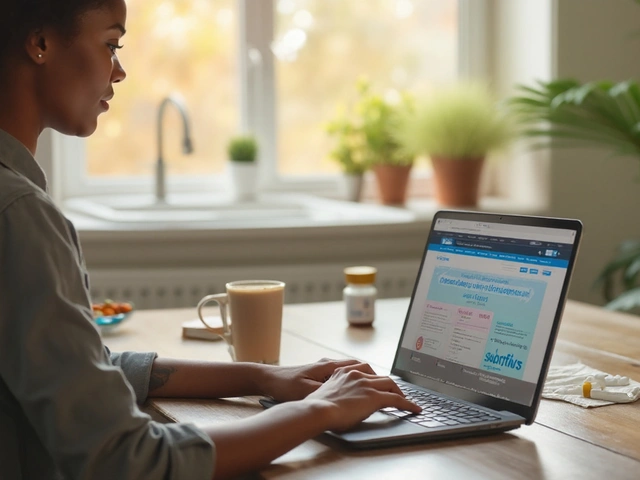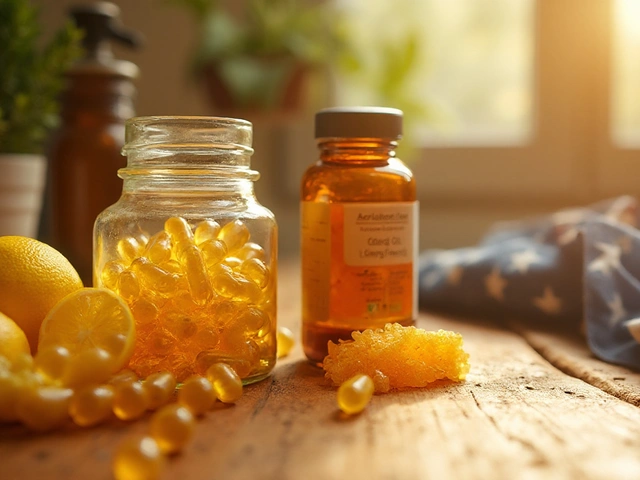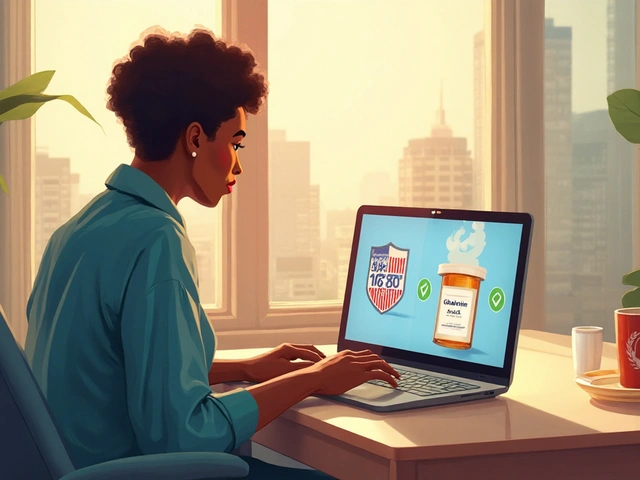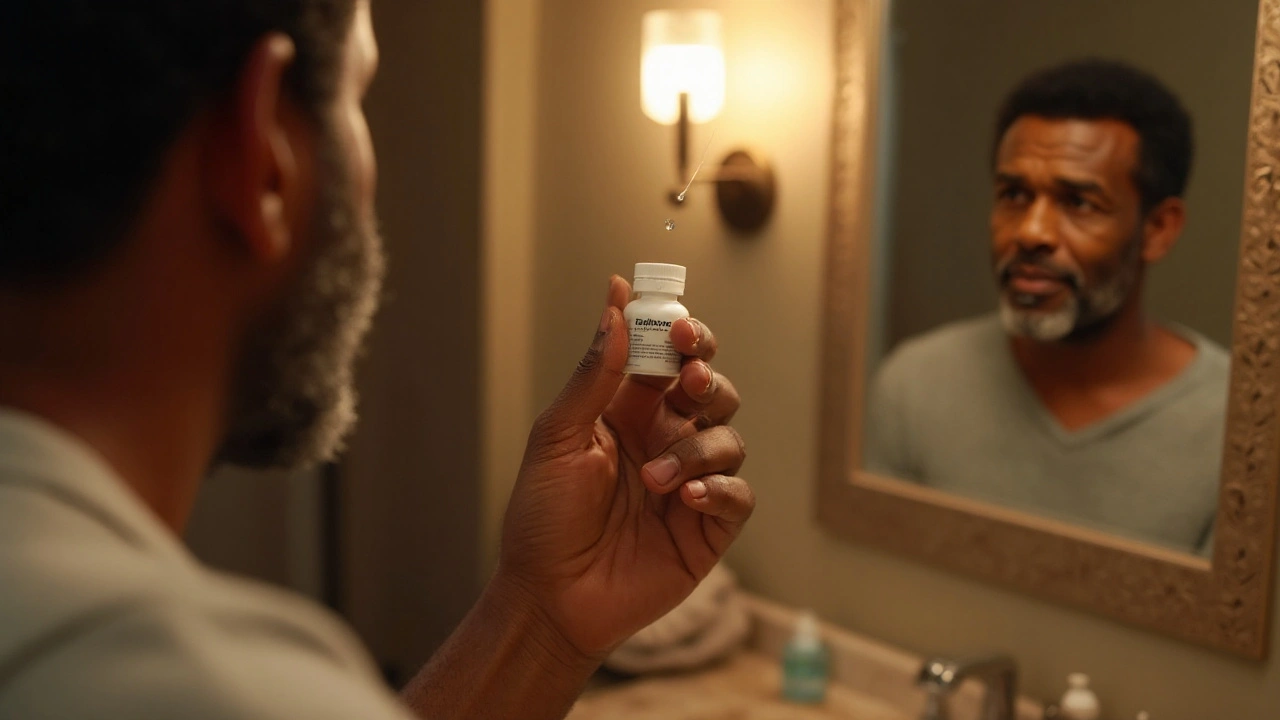Glaucoma Eye Drops: A Practical Guide
If you’ve been told you have glaucoma, the first thing you’ll hear is that eye drops are the main treatment. They’re not a miracle cure, but they can keep the pressure in your eye low enough to protect your vision. Below we break down how they work, the most common brands, and what to watch out for.
How Glaucoma Eye Drops Work
Glaucoma happens when fluid builds up inside the eye, raising pressure and damaging the optic nerve. Most drops either reduce the production of fluid (aqueous humor) or improve its drainage. Prostaglandin analogs, such as latanoprost, are the most prescribed because they boost drainage and need only once‑daily dosing. Beta‑blockers like timolol cut fluid production and are an older, reliable option. Carbonic anhydrase inhibitors (e.g., dorzolamide) also lower production but often come as a gel or combination drop.
Each class works a little differently, so your doctor may combine drops to hit the pressure target. The goal is simple: keep intra‑ocular pressure (IOP) below the level that harms the optic nerve. Most patients aim for an IOP of 18 mmHg or lower, but the exact target varies.
Choosing the Right Drop and Managing Side Effects
Picking a drop isn’t just about effectiveness; it’s about what fits your lifestyle and eye health. Prostaglandin drops are popular because you only need one dose at night, but they can darken the color of the iris and cause eyelash growth. Beta‑blockers may affect heart rate, so they’re used cautiously in people with asthma or heart conditions. If you have dry eyes, preservative‑free formulas or gel drops can be gentler.
Starting a new drop often feels gritty or watery. That’s normal for the first few days. If you notice persistent redness, pain, or sudden vision loss, call your eye doctor right away—those could be signs of an allergic reaction or worsening pressure.
To get the most out of your drops, follow a routine. Wash hands, avoid touching the tip to your eye or anything else, and wait at least five minutes before applying another medication. Store them in a cool, dry place and discard after the expiration date; once opened, many drops are good for about 30 days.
Regular check‑ups are essential. Even if your pressure looks good, eye doctors need to monitor the optic nerve for subtle changes. Bring a list of all eye drops and other meds to each visit, because some systemic drugs (like steroids) can affect IOP.
If you miss a dose, use it as soon as you remember—unless it’s almost time for the next dose. In that case, skip the missed one and continue on schedule. Doubling up can increase side effects without extra benefit.
In short, glaucoma eye drops are a daily commitment that can safeguard your sight. Understanding how each type works, watching for side effects, and keeping up with appointments gives you the best chance to keep your vision clear.
